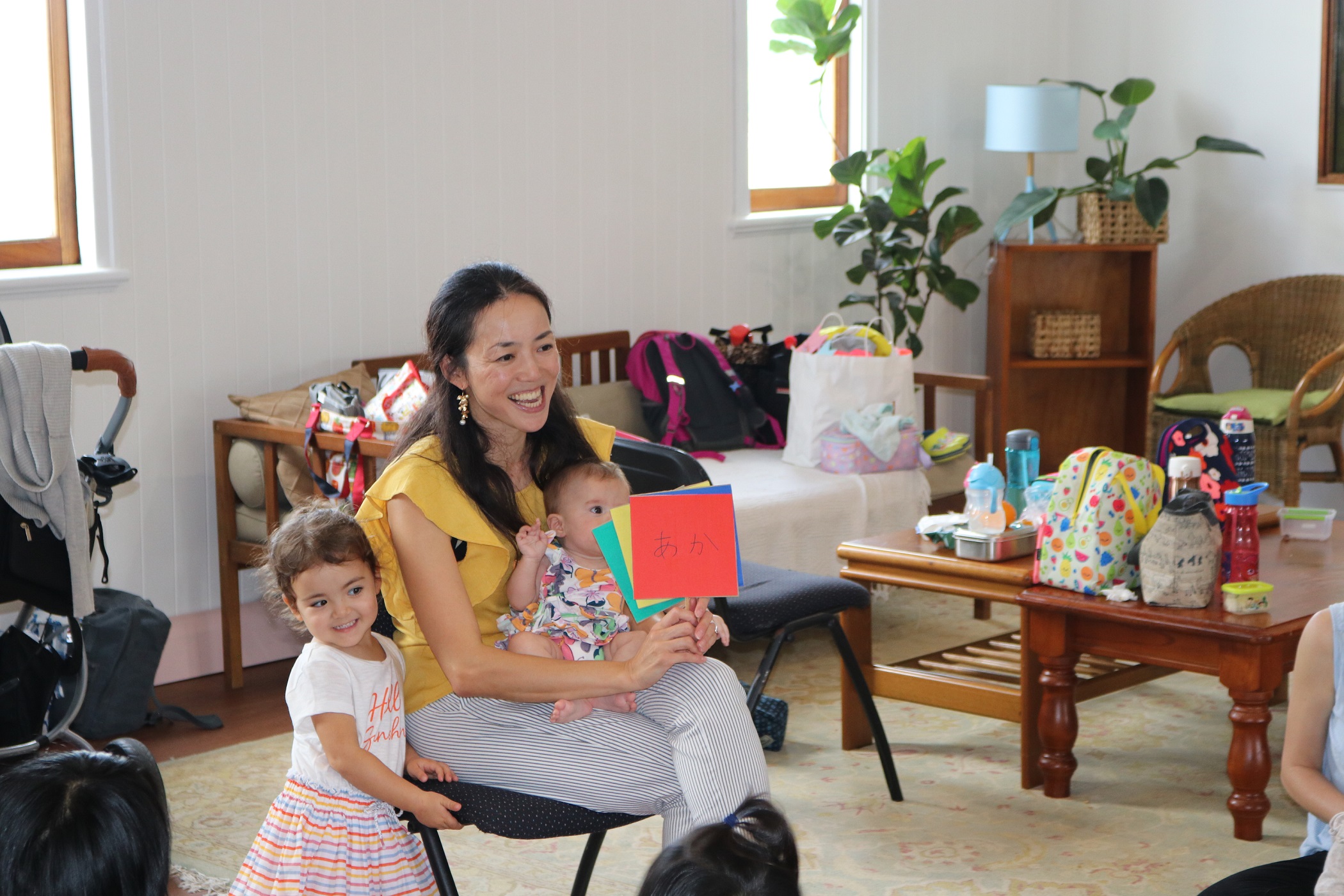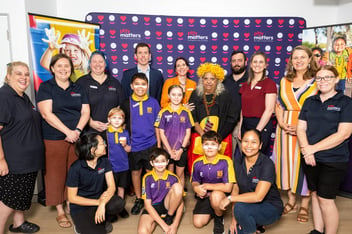.jpg?width=352&name=YARRABAH%20(24).jpg)
Transitioning from 'Plastic Fantastic' to Nature-Based Play Spaces
Blog > Transitioning from 'Plastic Fantastic' to Nature-Based Play Spaces

Transitioning from 'Plastic Fantastic' to Nature-Based Play Spaces

‘Plastic fantastic’ is a colloquial term commonly used in the early childhood sector to refer to plastic and mass-produced play equipment. A feature of nearly every suburban council park, these playgrounds feature fixed play equipment such as slides, ladders, see-saws, swings, and monkey bars.
.png?width=720&name=Untitled%20design%20(1).png)
While nature play is not a new concept, over the past 15 years there has been a significant mainstream focus on creating play spaces that encourage child-initiated interactions with nature (Cutter-Mackenzie & Edwards, 2013). This has resulted in a decrease of the traditional ‘plastic fantastic’ playgrounds and an increase in unique play spaces that feature natural elements.
The biggest difference between these two play spaces is that nature-based is more likely to facilitate open-ended play. That is, the opportunity for children to use their imagination and creativity to create their own games, free from pre-determined rules and outcomes (de Valk, Bekker, & Eggen, 2013).
This contrasts with the limitation of ‘plastic fantastic’ playgrounds, which is that play equipment has intended purposes. For example, climbing up the ladder to reach the raised platform then using the slide to get back down to the ground.
Safety Concerns
The Canadian Paediatric Society (Fuselli & Yanchar, 2012) identified that the number of catastrophic injuries on plastic and platform playgrounds is significantly higher than those from nature-based play spaces.
This is mirrored in Australia where of the 847 playground injuries presented to the Women’s and Children’s Hospital in Adelaide during 2015 and 2016, 70% resulted from falling from fixed play equipment such as monkey bars and slides (Nature Play South Australia, 2017).
Child Development
The development of innovative nature play spaces is undoubtedly a large investment for early learning centres and schools, however, a review conducted by the University of South Australia (2020) has found a positive connection between nature play and children’s development, supporting the grounds for such investment.
The research consolidated 16 studies and 2927 peer-reviewed articles, determining that through nature play, children increased their level of physical activity, resulting in improvements in health-related fitness and motor skills. Furthermore, through playing and sharing the nature play space with others, the research found that children developed socially and emotionally.
Interestingly, the benefits also extended to classroom behaviour where nature play resulted in improvements to children’s attention and concentration.

Learning Through Nature
“Spontaneous, open-ended, play in natural surroundings offer unrivaled opportunities for early learners to classify, observe, explore, and interpret the phenomena around them” (Wallin, 2017, p.1).
A baby’s strong desire to reach, sit up, crawl and walk is driven by their desire to interact with others and explore the world around them (Moore, 2014). Greenman refers to babies and toddlers as “sensory motor scientists who systematically investigate their world using their scientific tools: mouth, eyes, skin, ears, and whole-body muscles” (2005, p.241).
Nature provides endless sensory experiences for children of all ages, while nature play supports the 6Cs of curriculum design for early childhood and primary school settings: curiosity, choice, content, collaboration, challenge, and context (Moore, 2014).- Curiosity: The intrinsic desire children have to explore their surroundings.
- Choice: The diversity of nature provides infinite opportunities for exploration.
- Content: Nature itself – the different textures of leaves and soil, a flower’s scent, water flowing over rocks and being soaked up by sand etc.
- Collaboration: Children working together to explore a concept or carry out an experiment, bonding through the shared experience.
- Challenge: Children demonstrate agency and self-efficacy through risk taking, for example, climbing a tree or balancing on a rock.
- Context: Transfer of knowledge from the nature space to other areas of life, like acting out observed animal behaviours in dramatic play, for example a bird flapping its wings and ‘flying’ around.
Creating Opportunities for Age-Appropriate Nature Play
While many local governments are investing in innovative nature-based play spaces, children do not need these facilities to engage in nature play. Time in the backyard or a walk around the neighborhood offers plenty of opportunities.
|
Ground-level sensory experiences such as crawling over grass, smelling flowers, splashing hands in shallow water, and scrunching fallen leaves with their hands. During a walk, point out what you can see, hear, and smell, allowing your baby to observe as well. E.g., “I can hear birds chirping and see tree branches swaying in the wind over there” |
|
Movement sequences such as climbing over a log, hanging off a low tree branch, stepping from rock to rock. Solitary play such as filling a bucket with water, sorting pebbles, stacking twigs, and scooping sand. |
|
Children have moved from solitary and parallel play to cooperative activities such as working together to build sandcastles or conducting an animal safari. By this stage, most children will take charge of their own play experiences, using their imagination and creativity to engage in dramatic play e.g., serving mud pies at their ‘restaurant’. Adults should follow their lead and join in the fun! |
References
Cutter-Mackenzie, A. & Edwards, S. (2013). Toward a model for early childhood environmental education: Foregrounding, developing, and connecting knowledge through play-based learning, The Journal of Environmental Education, 44(3), 195-213, DOI: 0.1080/00958964.2012.751892
De Valk, L., Bekker, T., & Eggen, B. (2013). Leaving room for improvisation: Towards a design approach for open-ended play. Proceedings of the 12th International Conference on Interaction Design and Children, 92-101. https://doi.org/10.1145/2485760.2485771
Fuselli, P. & Yanchar, N. L. (2012). Preventing playground injuries. Paediatric Child Health 17(6), 328-330.
Greenman, J. (2005). Caring spaces, learning places: Children’s environments that work. Redmond, WA: Exchange Press.
Moore, R. (2014). Nature play & learning places: Creating and managing places where children engage with nature. Raleigh, NC: Natural Learning Initiative.
Nature Play South Australia. (2017). Statistics supporting the need for change. https://natureplaysa.org.au/wp-content/uploads/2017/09/Nature-Play-SA- Statistics-supporting-the-need-for-change.pdf
Turner, J., & Paris, S. G. (1995). How literacy tasks influence children’s motivation for literacy. The Reading Teacher, 48(8), 662-673.
University of South Australia. (2020). Mother nature: Reshaping modern play spaces for children’s health. https://www.unisa.edu.au/Media- Centre/Releases/2020/mother-nature-reshaping-modern-play-spaces-for- childrens-health/
Wallin, A. (2017). Nature play is important for the cognitive development of early learners. Retrieved from https://www.informalscience.org/news-views/nature- play-important-cognitive-development-early-learners
Find a play experience near you:
Subscribe to our newsletter >
Related content:
Advertisement:
.jpg)










